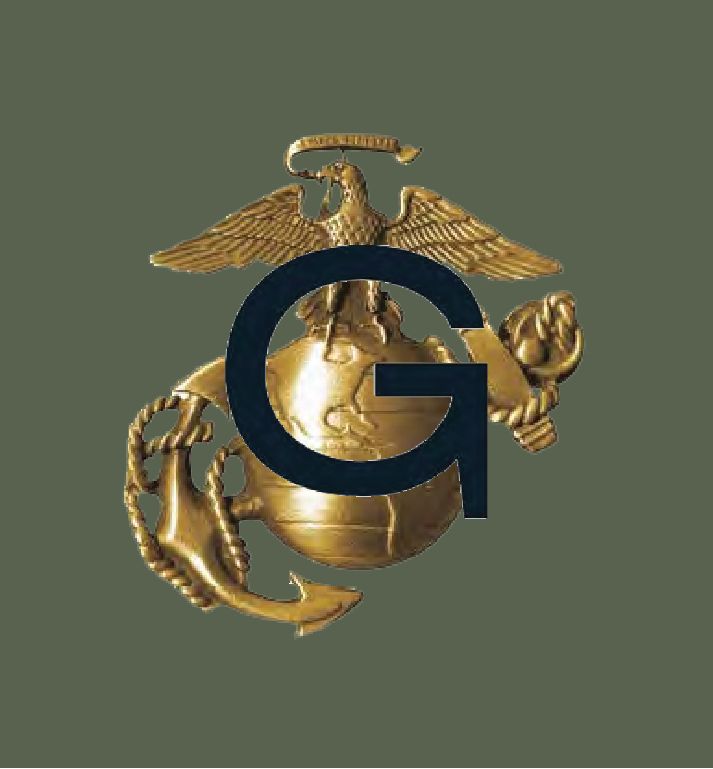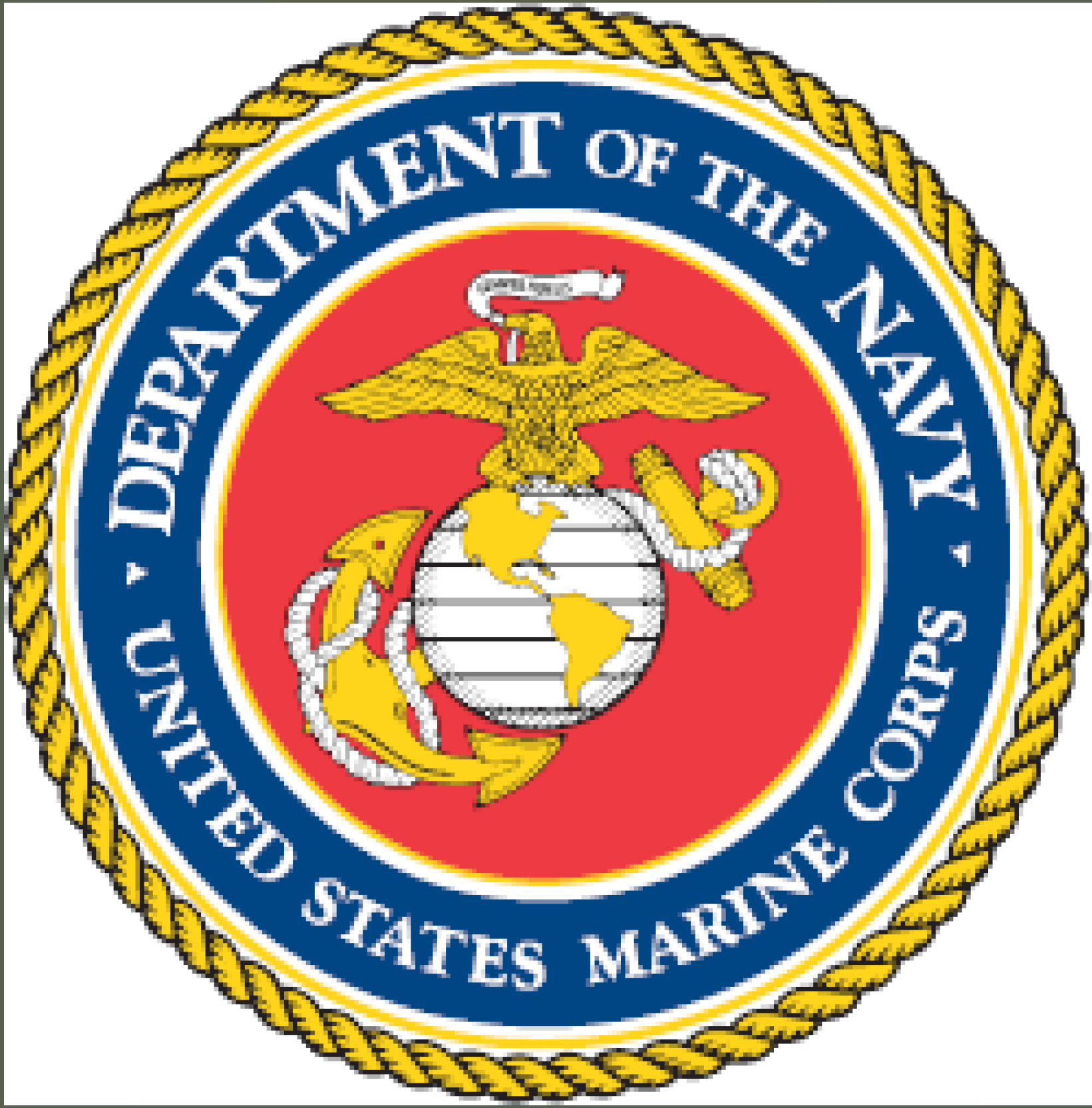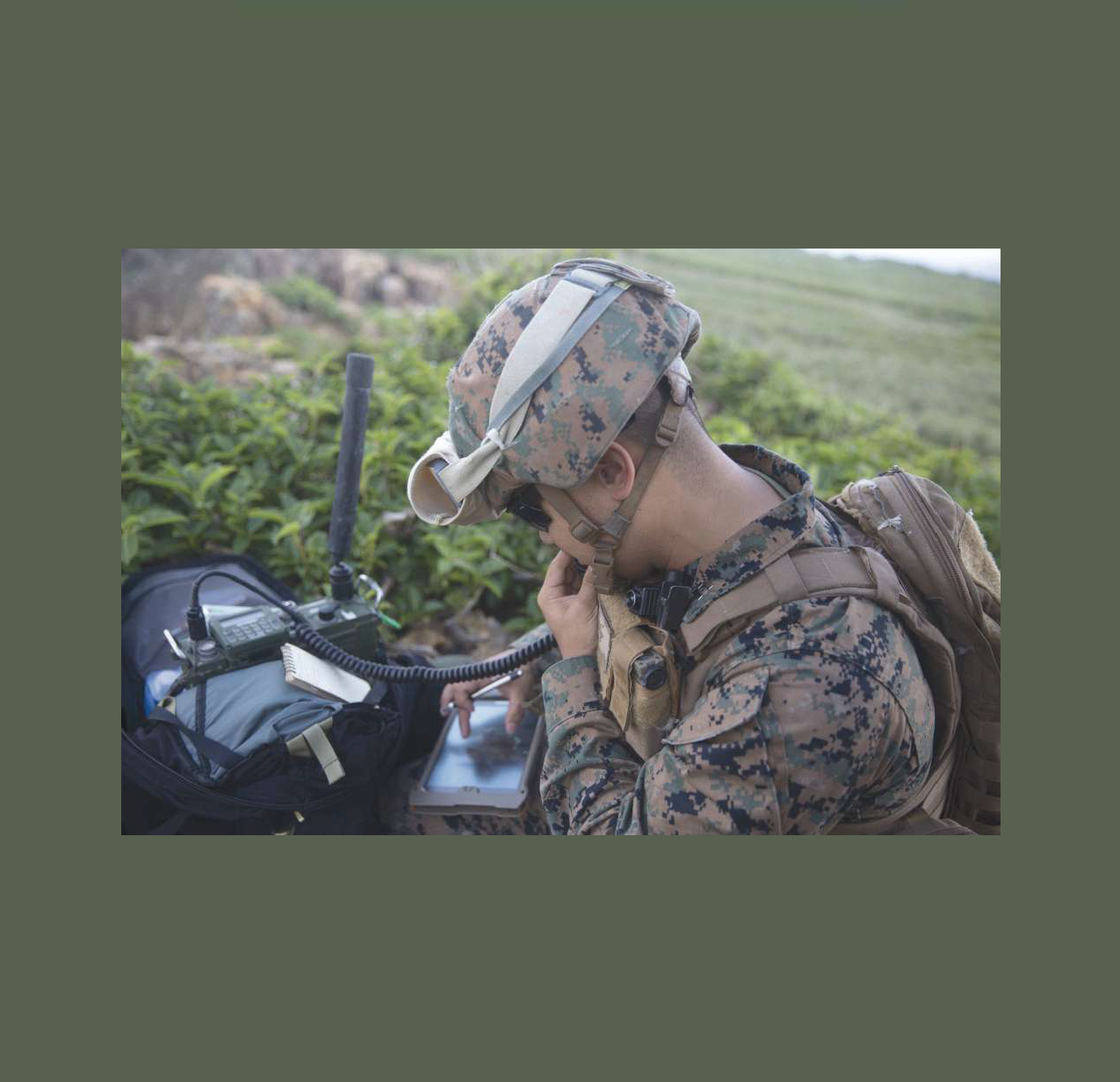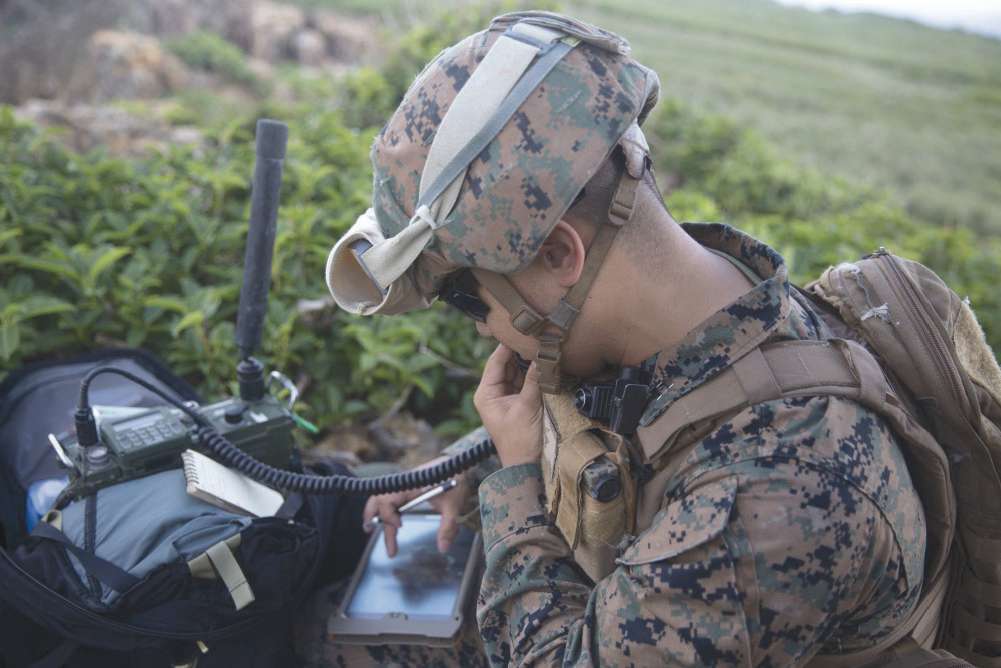By Maj Ian T. Brown
In his recent comment on the MCG’s “Call to Action” concerning Operations in the Information Environment, Brian Kerg was quite correct in noting that MCDP-1 applies in the information environment. He observed that maneuver warfare’s focus was always supposed to be on the mental and moral levels of conflict; that the OODA loop model for decision-making is inherently influenced by information, the control of which can gain us the advantage of initiative over an adversary; and that understanding the information aspect of maneuver warfare lets us discover ways in which we can get our adversary to contribute to their own demise.
Though the phrase “operations in the information environment” might have sounded strange to those Marines immersed in the original maneuver warfare debate during the 1980s, the underlying concepts mentioned above would have been well understood when FMFM-1 Warfighting first made its rounds. That they require additional explanation today leads me to think it’s worth revisiting a key contextual component the Marines of 1989 likely took for granted, but which we lack in our own era, and that is access to the mind of a central contributor to maneuver warfare’s intellectual framework: the mind of John Boyd. For the few dozen pages of FMFM-1, and later MCDP-1, captured the wave-tops of a much more detailed examination of conflict – to include its mental and moral aspects, the power of strategic narrative, and the weaponization of information – which Boyd delivered countless times over the course of two decades to many a Marine Corps audience. This was his briefing called “Patterns of Conflict,” which influenced the thoughts of many Marine leaders pushing for the Corps to adopt maneuver warfare and ultimately provided large parts of the intellectual foundation on which FMFM-1 was built. Thus, the Marine of 1989 reading FMFM-1 would have had Boyd’s ideas on information swirling around them, implicitly understood as one of those environments in which maneuver warfare most certainly applied.
Yet that is not the case today, many years removed as we are from the maneuver warfare debate and Boyd’s briefings. Boyd died in 1997, and so his mind as well is lost to us. Fortunately, his ideas are not – they just need a little extra light shone on them. To understand why our maneuver warfare doctrine remains applicable in the information environment today, we need to re-examine – really, re-discover – the context in which our doctrine was first formed. Boyd’s ideas remain available to us in his slides, and in a handful of recordings made of Boyd delivering “Patterns of Conflict” to Marine Corps audiences. By re-engaging with those, we can widen our own mental apertures today to assess the information environment of tomorrow.
For the Marine of the 1980s, “Patterns of Conflict” was a test of endurance. The brief was anchored on a stack of over 180 transparency slides (with another 7 slides packed full of references), and depending on the level of audience discussion, could take Boyd over a dozen hours to deliver (one audio recording, held by the Marine Corps Archives, has Boyd breaking up “Patterns of Conflict” over three days for a Command and Staff College class). But it was the extemporaneous discussion outside the slide deck where Boyd really explained his ideas, especially those on the power of information, perception, and narrative; unfortunately, being outside the slide deck, the discussion of those same ideas is less obvious to today’s Marine. That’s what I will attempt to rectify here.
Capt. John Schmitt, author of FMFM-1 and MCDP-1, did Marines a favor in capturing the essential points of about two-thirds of “Patterns of Conflict” in the few dozen pages of the doctrinal publication, which among other things, means I don’t need to repeat them here. Boyd devoted the bulk of that two-thirds to an examination of military history, looking for common threads that seemed to make commanders and armies successful over time, and which he summarized as the “blitz/guerrilla” style of war, or maneuver conflict. It was from Boyd’s characterization of “maneuver conflict” that Schmitt derived the Marine Corps’ definition of maneuver warfare in FMFM-1:
Maneuver warfare is a warfighting philosophy that seeks to shatter the enemy’s cohesion through a series of rapid, violent, and unexpected actions which create a turbulent and rapidly deteriorating situation with
which he cannot cope.
Schmitt refined this definition in MCDP-1, but its essence remained unchanged:
Maneuver warfare is a warfighting philosophy that seeks to shatter the enemy’s cohesion through a variety of rapid, focused, and unexpected actions which create a turbulent and rapidly deteriorating situation with which the enemy cannot cope.
Yet while the essence of this definition remained constant, we can see some subtle shifts that point to a broader understanding of both adversary vulnerabilities, and the tools that we can bring to bear against those vulnerabilities. The use of “variety” and “focused,” rather than “series” and “violent,” points to an aspect of conflict that is not bound by the linear and kinetic constraints of the physical environment. This realm of conflict operated on the mental and moral planes inside all human beings. Boyd did not mean “moral” in the sense of right and wrong, but “the cultural codes of conduct or standards of behavior that constrain, as well as sustain and focus, our emotional/intellectual responses.” These moral elements allowed human beings to operate harmoniously as groups, organizations, or societies. Sever or fray these moral elements, and you destroy the bonds that permit your adversary to exist and operate as an organic whole.
There’s no missile or bullet in existence that can destroy a moral bond. Boyd noted earlier in “Patterns of Conflict” that belligerents often pursued this fallacy anyway, thinking that “we’re going to go out and have an attrition campaign and just pile up body counts and they’re going to surrender. That’s probably going to make then madder than hell and they won’t surrender.” Rather, the thing that tore organizations apart was “mistrust…[you build] mistrust inside the organization, and it no longer can function as a whole. Mistrust and discord. You build that up and…they’re going to come unglued.” Violence could exacerbate those fissures, but violence was only an accelerant, not the kindling.
So if missiles and bullets aren’t the right weapons for creating mistrust and discord, what is? What is the human mind and spirit susceptible to in a way that they’re not susceptible to mere physical discomfort? This is the role of information; and not merely stagnant information presented in a raw and undirected form, but crafted, massaged, and then pointed at its target for effect. This is the power of tailored information, of narrative, offered through the huge variety of information vectors available to us today. Just as the whole objective of maneuver conflict and the OODA loop was to create a mismatch between the perception of physical reality and the actuality of physical reality to an adversary, the aim of conflict at the moral level was to create a “mismatch between the rhetoric and the reality.” Humans trust each other, trust their leaders, trust their organizations because those entities match their actions to their words. The leader says, “follow my example,” and then goes on to embody that example by what they do before the eyes of others. The clever information warrior – and Boyd noted that guerrillas were often far better at this than conventional militaries – was able to highlight and exploit with targeted messaging the discrepancy between word and deed. The target audience would see that mismatch, and thus the erosion of moral bonds began. By the time your own side applied violence, the rot had already set in across the adversary’s system.
Layered on top of the physical activity of maneuver conflict, this effort to poison one’s adversary with mistrust and discord might seem the whole package, causing – as our definition of maneuver warfare states – shattered cohesion of the adversarial system. But that was not where Boyd ended, and this is where it is so important to re-familiarize ourselves with those words of Boyd’s that didn’t make into an FMFM or MCDP, but which the Marine audiences of those times would have heard and understood as vital to their written doctrine. For, as I said above, physical maneuver conflict was only two-thirds of the story. Up to this point, Boyd noted, the argument seemed awfully “one-sided…[emphasizing] the negative or dark side of one’s moral make-up.” Darkness and negativity don’t do much to bolster your own side, bring fence-sitters over to your cause, or peel away an adversary’s allies to join you. This is where the power of targeted information, of strategic narrative, could also be made to work for you, in addition to against your enemy.
Boyd called this targeted information strategy a “unifying vision,” and it’s worth quoting his full explanation of it:
For success over the long haul and under the most difficult conditions, one needs some unifying vision that can be used to attract the uncommitted as well as pump-up friendly resolve and drive and drain-away or subvert adversary resolve and drive. In other words, what is needed is a vision rooted in human nature so noble, so attractive that it not only attracts the uncommitted and magnifies the spirit and strength of its adherents, but also undermines the dedication and determination of any competitors or adversaries. Moreover, such unifying vision should be so compelling that it acts as a catalyst or beacon around which to evolve those qualities that permit a collective entity or organic whole to improve its stature in the scheme of things.
To counterweight the negative objectives of moral conflict – menace, uncertainty, mistrust, and discord – you need to offer clarity, integrity, adaptability, and harmony. And therein lies the importance of information: you must be seen to offer these things. And not just in the offering, but in the delivery. Furthermore, you must constantly contrast your side’s ability to both offer and deliver these things with the hypocrisy and failure of your adversary to do so. Finally, your side’s actions in this information environment should not simply start at the beginning of a kinetic conflict, or even in the crisis stage leading up to it. Your strategic narrative should not “start” at a certain point, because it should never stop. It is ongoing and enduring, at all levels, tailored to meet the needs of the individual levels but always nested in a common, coherent whole.
In one iteration of “Patterns of Conflict,” Boyd had a revealing exchange with a Marine Corps student on the critical need for continuous and holistic information operations. It was in the context of guerrilla war, with Boyd noting it was better to be already present in a potentially contested village, living the example of your narrative by your presence and actions there, than coming in later to attack the village. The student asked, with some surprise, “Sorry, this is pro-active? You can do this before the conflict starts?” Boyd replied, “Of course…you know when we should be doing it? Right now…you want to get on top of it. Get that leverage. Not only that, you build up friends.” And then it becomes clear to your target audience, through the information narrative you give them and reinforced by your actions that show your narrative to be true, that you’re not there to harm anyone “except the guys you’re trying to beat.” There is always a balance between the constructive and the destructive, but the constructive element – the perception, the narrative, the information delivered through your own harmonized actions and words – must always be present and given the same consideration as a targeting list. Because the world is always watching. And in today’s information environment, with so many vectors available for narrative to travel, we must always be mindful that there is a large audience outside of the binary “us” and “adversary.” That tertiary audience can still make or break us. Boyd had an admonition in the pre-digital age that is even more applicable today: “Today with vast communications, you need those third parties out there, otherwise they can cause you enormous problems.”
Hopefully this discourse has shown how consideration of the information environment was baked into the DNA of our maneuver warfare doctrine at the outset. The information environment is not some new or strange thing against which we need to contrast our doctrine to see whether it’s still relevant. The power of information – when understood and used well, able to undermine one’s adversary while reinforcing one’s own strength – was very much in the minds of Boyd and those Marines at the forefront of the maneuver warfare revolution. What we need today is not a radically new doctrine, but a deeper understanding of the richness and depths of the ideas upon which our existing doctrine – indeed, our underlying philosophy toward conflict – was built. With that understanding, we can see just how relevant that doctrine remains today, and how it already has within it the tools for operating in, and exploiting, the information environment of tomorrow.





